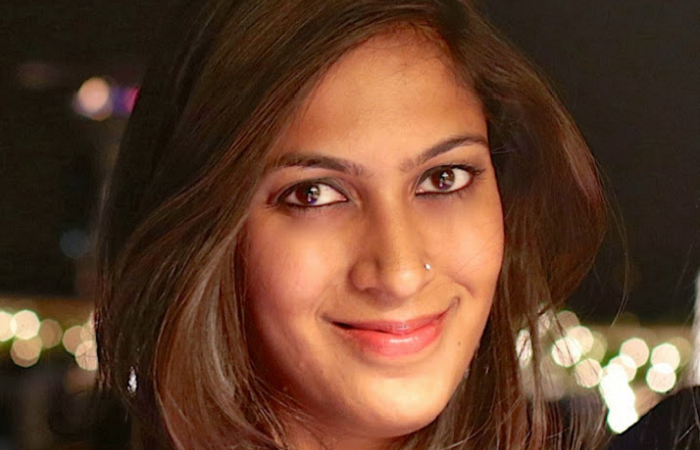
Employee Benefits Connect 2019: Global transportation organisation Uber uses bottom-up feedback and employee resource groups to inform its organisational culture, helping to create a sense of belonging for its 21,000 employees across more than 60 countries worldwide.
Opening the conference agenda at Employee Benefits Connect 2019 today (Wednesday 27 February), Raashi Sikka (pictured), diversity and inclusion lead at Uber, explained how focusing on individual employees is a key driver for the organisation’s inclusion agenda.
She said: “We wanted to ensure that our employees across different markets had a great sense of belonging. We wanted to make sure they were equipped to take immediate and individual actions so that they can model and be carriers of inclusion in their own way, in their own cities, in their own markets.”
A central part of this approach is Uber’s employee resource groups, where like-minded employees and allies can come together. The organisation has approximately 12 groups in total, including Women of Uber and Uber Pride, for lesbian, gay, bisexual and transsexual (LGBT) staff and allies.
“They are really essential elements for us in understanding our employee population and what they are going through,” Sikka said. “They have the pulse of the organisation. Use those employee resource groups to really become champions. Use them to know what’s going on in the organisation, to get the pulse of what people want, what employees are saying, and to really [be] a strong ally.”
Uber’s diversity and inclusion strategy, which it started building around two years ago, has five strands in total. Drivers of its approach include empowering managers to be inclusive leaders, making a difference in the societies employees serve, and using qualitative and quantitative data to understand employees’ motivations; this in turn is used for decision-making around HR strategy and benefits.
The business is also concentrating on reviewing its people systems and processes, such as HR policies and its employee benefits package; it aims to remove bias and barriers to employee success. “I do think culture has to be extremely sound, because that is what brings people together, that is the backbone of the organisation,” Sikka added.
Leveraging data is an important part of the diversity and inclusion puzzle, but Sikka noted that it must be blended with storytelling: “Numbers are one piece and how [employers] use those numbers to really [impact] business from a storytelling perspective is completely different, so making those two things happen together is what’s really important.”
Another facet is management and, in particular, how line managers and people managers can use the daily contact they have with staff to help them perform, as well as creating environments where employees feel they can talk openly and honestly. This, Sikka explained, leads to a learning community.
To this end, Uber conducts manager training. This covers topics such as how to be an active ally to inclusion groups. The organisation further hosted a two-day workshop for leadership as part of its Culture Forward programme; this was rolled out last year. The information shared during this workshop was then cascaded to line and people managers. Uber is looking at embedding diversity and inclusion within its existing manager training, to ensure it runs through the organisational culture as thoroughly as possible.
With such a dispersed and remote workforce, communications to create community are important for Uber. Sikka observed that the strong focus on organisational mission is particularly helpful when it comes to connecting and bringing together a worldwide workforce.
This is reinforced by a weekly global staff call, where employees have the opportunity to discuss what is happening in the business and pose questions to senior leadership. Sikka said: “Uber has always had a really strong employee culture from the start. Our mission and what we were trying to achieve and what we still are trying to achieve is something that connects everyone together.”
Although Uber has undoubtedly made strides in its diversity and inclusion approach, Sikka commented that the organisation is still very much in the early stages of its strategy. She concluded: “It does not have [an] end point. For us, success is progress and any forward progress is success.”